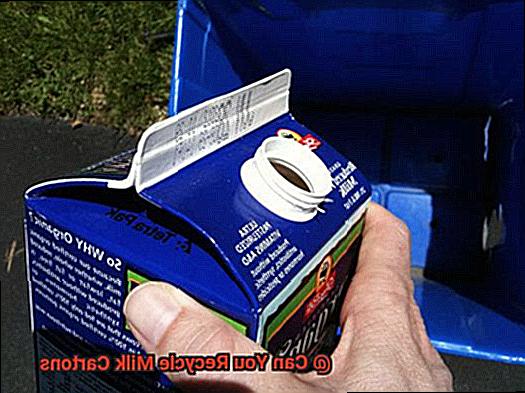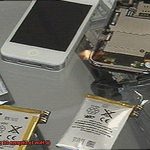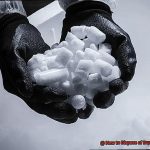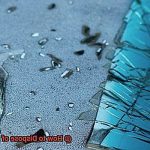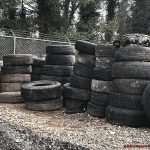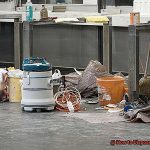Do you ever wonder if milk cartons are recyclable? You’re not alone. It’s a common question. Unfortunately, the answer isn’t always straightforward. But don’t worry. There are ways to reuse them and other uses too.
It all depends on the type of material your carton is made from. Many brands now come in aseptic packaging – paperboard, plastic and aluminum foil combined. If this is your carton, it can’t go in most curbside recycling bins. But some cities and towns have separate recycling schemes for aseptic containers.
Call your local waste collection company to find out if they accept aseptic packaging for their program. Many businesses also have drop-off locations where you can take these items for proper disposal or recycling.
You can also reuse your milk containers instead of throwing them out or sending them off for recycling. Turn them into planters or bird feeders by cutting out holes or filling them with seeds or nuts. Or use them as storage containers for small items like beads or buttons in your craft room or office space.
Reducing garbage is always best. By disposing of and/or recycling properly, you’ll help protect our environment too.
Types of Milk Cartons
Contents
- 1 Types of Milk Cartons
- 2 Can You Recycle Milk Cartons in California?
- 3 Are Waxed Milk Cartons Recyclable?
- 4 How to Recycle Coated Paper Milk Cartons
- 5 How Can I Prepare Coated Paper Milk Cartons For Recycle?
- 6 What Happens To The Carton When It Is Recycled?
- 7 Are Milk Cartons Recyclable in NJ?
- 8 What Can Milk Cartons Be Recycled Into?
- 9 The Process of Turning Milk Cartons into Products
- 10 Conclusion
Are you curious about what type of milk carton you have and if it’s recyclable? You’re not alone. There are three main types of milk cartons
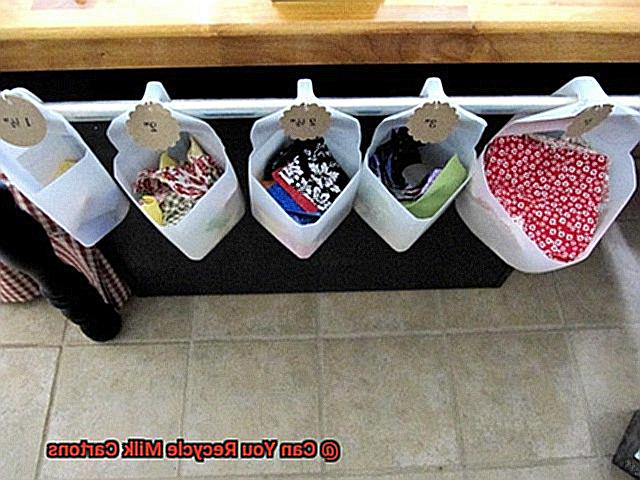
gable top, aseptic, and flat top. Knowing the type of carton you have and the recycling guidelines in your area is key to reducing waste and protecting the environment.
Gable top cartons are the most commonly found in grocery stores. They are made from paperboard with a plastic spout and cap and are typically used for refrigerated milk, creamer, or juice.
The paperboard can usually be recycled curbside, but the plastic spout and cap must be removed and recycled separately at a drop-off center.
Aseptic cartons are often used for shelf-stable milk or juice, as they can last longer without refrigeration. These cartons consist of multiple layers of paper, plastic, and aluminum which makes them unsuitable for curbside recycling programs; however, some drop-off centers may accept them.
Flat-top milk cartons look similar to gable tops but instead of a spout and cap, they have a perforated top that can be removed entirely for pouring. These cartons are typically used for milk or creamer but not all curbside initiatives encourage recycling so it’s best to check with your local recycling center first. The plastic screw cap must also be removed before it can be recycled separately.
By properly recycling our milk containers we can help prevent them from ending up in landfills while reducing our environmental impact over time.
Can You Recycle Milk Cartons in California?
The answer is an emphatic yes. Milk cartons are accepted for recycling under the “mixed paper” category, meaning they can be recycled with other paper products such as cereal boxes, cardboard, and magazines.
However, it’s important to note that acceptance may vary from one municipality to another. To make sure your milk cartons will be recycled, it’s best to check with your local recycling program first.
It’s also worth mentioning that some milk cartons may have plastic spouts, but most recycling programs in California are now equipped to sort and recycle these types of containers.
Just remember to rinse out the milk carton before placing it in the recycling bin so that any leftover milk doesn’t contaminate other recyclables.
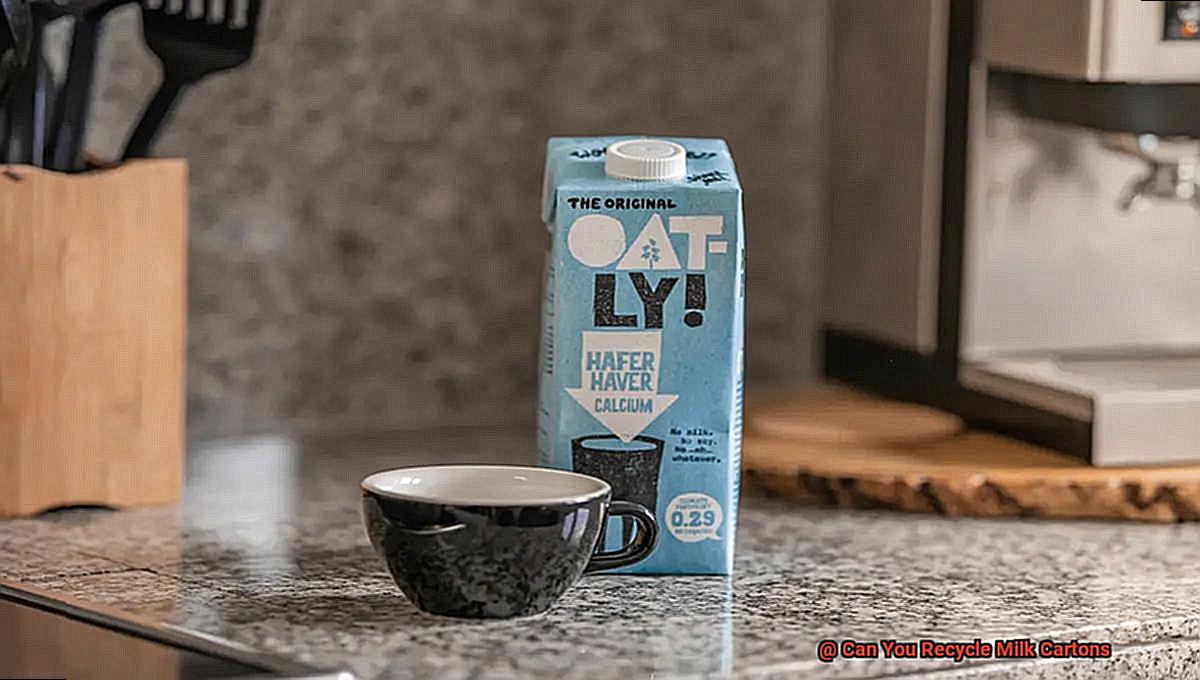
Coated paper milk cartons are also recyclable in California.
These are paper-based cartons coated with a thin layer of plastic that prevents leakage. Unfortunately, waxed milk cartons are not usually accepted for recycling since they have a wax coating that prevents the milk from spoiling.
These types of containers are typically classified as part of the “other” category of waste and are usually incinerated or sent to a landfill.
Are Waxed Milk Cartons Recyclable?
It’s a question many have asked, and the answer is:
it depends. Waxed milk cartons present a unique challenge when it comes to recycling, as they are typically made from a combination of paperboard and polyethylene plastic with a wax coating on the inside to keep the milk fresh.
In the past, these cartons were not recyclable due to the wax coating preventing the paper fibers from breaking down properly in the recycling process. But thanks to advances in technology, it is now possible to recycle waxed milk cartons – although there are still some limitations.
To find out if your local recycling program accepts waxed milk cartons, check with them directly. While some areas may accept them, others may not have the necessary equipment or resources to properly process them.
Additionally, even if your local program does accept waxed cartons, they may only be able to recycle the paper portion – meaning any plastic spouts or lids will end up in a landfill.
If you’re able to recycle waxed milk cartons in your area, make sure you rinse them out and discard any plastic parts before doing so. This will help ensure that they can be reused properly and won’t end up in a landfill.
How to Recycle Coated Paper Milk Cartons
Reuse as Cat Litter Containers
Reusing coated paper milk cartons as cat litter containers is a great way to recycle them.
They can be used to store cat litter and make it easier to transport. To prepare the carton for reuse, simply rinse it out with warm water and allow it to air dry.
Once the carton is dry, add a few inches of cat litter and seal the top with tape or a rubber band. This will help keep the litter inside and make it easy to carry around.
Additionally, the coated paper material is strong enough to hold up to regular use, making it an ideal choice for storing cat litter.
Use as Plant Pots
Coated paper milk cartons can also be used as plant pots. After rinsing out the carton, cut off the top of the carton and discard it.
The remaining bottom portion of the carton can then be filled with soil and used to plant flowers or herbs. The coated paper material is strong enough to hold up against regular watering and will help protect the roots of the plants from becoming too wet.
Additionally, since the material is lightweight, it makes it easy to move the plants around as needed.
Create Crafts with Cartons
Coated paper milk cartons can also be used to create fun crafts.
After rinsing out the carton, you can use it to make a variety of items such as birdhouses, jewelry boxes, or even decorative containers for holding small items like pens and pencils.
With a little creativity, you can transform a plain milk carton into a unique and useful item that will add a touch of personality to any room.
Plus, since the material is lightweight, it makes it easy to move these creations around as needed.
How Can I Prepare Coated Paper Milk Cartons For Recycle?
Coated paper milk cartons must be clean and dry before being recycled. Empty any remaining liquid, rinse the carton with hot water and a little bit of dish soap, and let it air dry before placing it in the recycling bin.
Additionally, plastic spouts or caps must be removed before recycling them separately or throwing them out in the trash.
What Happens To The Carton When It Is Recycled?
The recycling process for coated paper milk cartons is slightly different from standard paper product recycling processes.
These cartons are usually sorted and compacted at the recycling plant before being processed using specialized equipment that removes the polyethylene coating from the paper fibers.
Both paper fibers and polyethylene can then be recycled into new products like tissue paper, writing paper, cardboard boxes, garbage bags, and plastic lumber.
Are Milk Cartons Recyclable in NJ?
The answer is yes. But it’s important to note that different recycling facilities may have varying rules on what types of milk cartons they accept.
For instance, some may not accept waxed milk cartons as the wax coating can contaminate the recycling process.
Additionally, some companies may not accept milk cartons with plastic spouts or aluminum foils.
If you’re looking for an eco-friendly way to get rid of your old milk cartons, consider reusing them in your own home. You can easily cut the top off a milk carton and use it as a planter or storage container.
Milk cartons can also be repurposed into birdhouses or scoops for gardening.
So rather than throwing out your old containers, why not be creative and put them to good use?
Recycling and reusing your milk containers is an easy way to reduce waste and be kind to the environment.
With a little bit of imagination, you can turn an old container of milk into something new and exciting.
What Can Milk Cartons Be Recycled Into?
Are you looking for ways to reduce your waste and help the environment? Look no further than your kitchen.
Empty milk cartons can be recycled into a variety of items, from paper products to building materials and even new plastic containers.
Recycled milk carton fibers are highly versatile and can be used to make paper products such as tissue paper, paper towels, and toilet paper.
For something more durable, these fibers can also be used to build roofing tiles, insulation, and walls.
Not only are these recycled cartons great for construction projects, but they can also be separated into plastic linings that can be converted into plastic lumber, decking, and fence posts.
Moreover, due to their high-quality materials, recycled milk cartons fetch a higher price on the market than other recyclable items.
So if you’re looking for an easy way to reduce waste in landfills while helping the recycling industry at the same time – start recycling your milk cartons today.
The Process of Turning Milk Cartons into Products
Recycling milk cartons is an efficient way to reduce waste and conserve resources. By transforming them into useful products, we can help create a more sustainable future.
The process of recycling milk cartons begins with the removal of plastic spouts or caps, which are not recyclable and must be disposed of separately.
The remaining material is then shredded and mixed with water to form a pulp, which is screened, cleaned, and refined to remove contaminants.
After this, the pulp is dehydrated and pressed into sheets or molded into new products such as tissue paper, paper towels, or even building materials.
Waxed milk cartons pose a bit of a challenge to recycle due to their wax coating.
However, specialized recycling facilities have developed methods for removing the wax and recycling the paper material effectively.
In general, milk cartons are recyclable in many states including New Jersey and California.
However, it’s best to check with your local recycling facility or waste management company first before throwing them out as some municipalities may not accept them in their recycling programs.
Conclusion
Recycling milk cartons is a simple yet effective way to reduce our environmental impact. From reducing landfill waste to saving natural resources, it can make a big difference in the long run.
Check with your local recycling program first before attempting to recycle any type of milk carton. Most commonly used top and flat top cartons are made from paperboard and plastic spouts and caps, which can be recycled curbside if separated correctly.
However, multiple layers of paper, plastic, and aluminum are not accepted by most curbside recycling schemes; some drop-off centers may welcome them. Waxed milk cartons have a wax coating that prevents the paper fibers from breaking down properly during the recycling process, so they should be disposed of separately.
Don’t forget that milk containers can also be reused. Transform them into planters or bird feeders by cutting out holes or filling them with seeds or nuts. Or use them as storage containers for small items such as beads or buttons in your craft room or office space.
